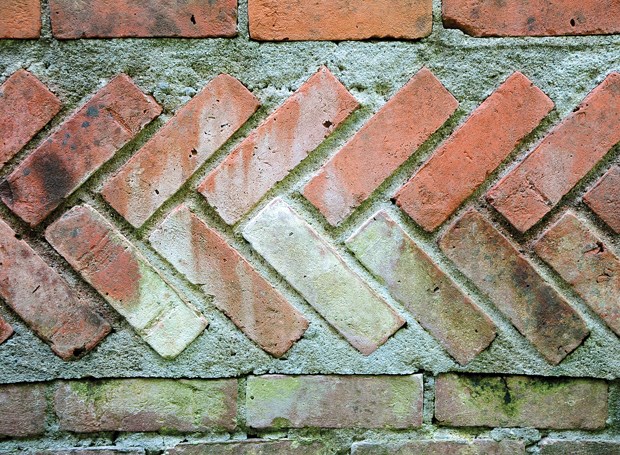It seems there is a do-ityourself version of almost anything you can think of.
For example, I once enjoyed a soak in an outdoor hot tub made of stones collected hither and yon and the whole thing was heated by a wood burning fireplace tucked underneath. In the garden I have seen DIY retaining walls made from busted up concrete patio slabs, old gas pumps turned into planters and rain barrels made from old steel or plastic drums.
I am reasonably open minded about upcycling, believing as long as the item is functional and interesting then anything is fair game to try. There are a few precautions to consider when recycling old items into something new. Firstly, the item to be recycled must not contain, or have previously contained, any toxic substance that can leach off, exude from, off-gas or otherwise result in contamination of people or planet. Old oil drums, gas cans, electrical transformers, some car parts and other potentially hazardous items are not healthy things to upcycle. Secondly, the item must be obtained for sale at a fair price or legally given for free. And thirdly, the item must be worth the effort and time to transform it into something new and beautiful with purpose.
Arguably, the most popular of upcycled items has to be the common wood pallet, which is normally used for shipping heavy or bulk consumer goods. The creative upcycling of pallets has exploded in recent years. There are now companies offering 500-person festival seating made from pallets. You can find pallet planters that stand upright and connect together to act as short height walls around seating areas. But the most ingenious innovations have come in pallet furniture for indoors and out. There are pallet designs to build any type of table, chair or outdoor seating nooks and even beds.
A friend of mine even considered building his garden shed out of pallets, but I would not recommend that idea. However, I could visualize using pallets to make a potting table, maybe a porch of sorts or other addons to an existing garden shed.
If you plan to build your own pallet creation here are some basic preparation recommendations before upcycling it into the garden.
I start preparing my pallets by washing them with soap and water, and a stiff brush. You might think power washing would be a good idea, but the high pressure raises the grain, destroying the board's surface. I then check all nails to assure they are securely driven into the wood and add or replace any where needed to secure the pallet's structure. Next, or as you re-nail, trim or remove any broken or loose pieces, and replace wood as needed. An extra pallet is useful for providing parts to match.
When it comes to surface preparation, I prefer the individual pallet boards to be in reasonably good condition, not cracked or shredded.
New pallets can be purchased if you prefer new wood. But contrary to my preference, there seems to be a group of upcyclers that like to beat their wood with a chain or steel cable. The process gives the wood a rustic or worn appearance and feel. I get the principle but it seems a little counterproductive.
Many people like their recycled pallets in raw condition using nature's sun-kissed patina. But paint or stain really improves the look and adds charm and interest.
If you're painting it is important to know many pallets are made from spruce, pine, some exotic woods from the tropics, and often from oak. So the choice to paint or stain should be considered according to the type of wood and the design you are trying to create. Oak pallets look good when stained for outdoor use. Most other types of pallet wood will often reveal some nice grain as well. To tell if the grain is attractive simply rub the wood with water to reveal the grain and then decide.
There are also a few tricks for attaching pallets together. Use the same type of wood dimension and species if you require additional pieces - consistency does count in this instance. I have used various Simpson mechanical fasteners and repurposed them to join pallets together with good effect. Not only are those fasteners structurally sound, they are also galvanized to prevent rust and they give the creation an industrial feel.
One final trick if you have trouble visualizing a pallet creation: get a glass of wine and a few pallets together and then fit, configure and create a prototype of your vision before you build the final product.
Todd Major is a journeyman horticulturist, garden designer and builder, teacher and organic advocate. [email protected]



